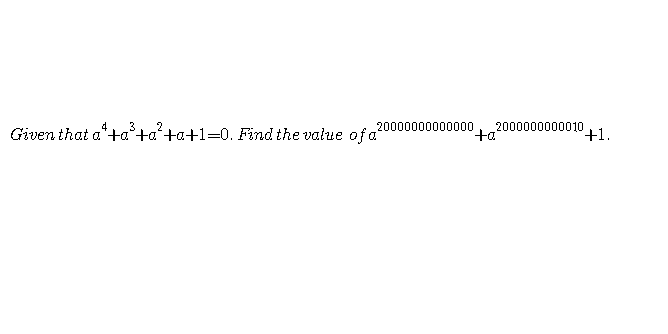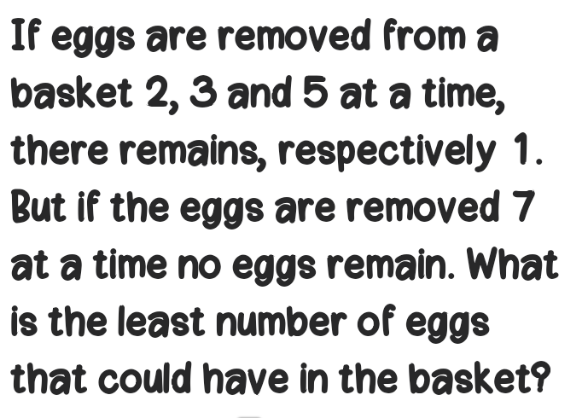
Number TheoryQuestion and Answers: Page 10
Question Number 126666 Answers: 3 Comments: 0
Question Number 126657 Answers: 2 Comments: 0

Question Number 126269 Answers: 1 Comments: 0
Question Number 125959 Answers: 1 Comments: 0

Question Number 125666 Answers: 0 Comments: 0
Question Number 125042 Answers: 0 Comments: 3
Question Number 124944 Answers: 0 Comments: 0
Question Number 124795 Answers: 1 Comments: 0

Question Number 124130 Answers: 1 Comments: 0
Question Number 122896 Answers: 1 Comments: 0
Question Number 122637 Answers: 0 Comments: 0
Question Number 121834 Answers: 1 Comments: 0

Question Number 121694 Answers: 1 Comments: 0
Question Number 120923 Answers: 1 Comments: 0
Question Number 120812 Answers: 1 Comments: 0
Question Number 120679 Answers: 2 Comments: 3
Question Number 120563 Answers: 1 Comments: 0
Question Number 120202 Answers: 0 Comments: 0
Question Number 120049 Answers: 2 Comments: 0
Question Number 119956 Answers: 2 Comments: 0
Question Number 119790 Answers: 2 Comments: 0
Question Number 119657 Answers: 1 Comments: 2
Question Number 119600 Answers: 2 Comments: 0
Question Number 119094 Answers: 1 Comments: 0
Question Number 118880 Answers: 3 Comments: 0
Question Number 118357 Answers: 2 Comments: 0
